U.S. #943
3¢ Smithsonian Institution
Issue Date: August 10, 1946
City: Washington, D.C.
Quantity: 139,209,500
Printed by: Bureau of Engraving and Printing
Printing Method: Rotary Press
Perforations: 11 x 10 1/2
Color: Violet brown
U.S. #943
3¢ Smithsonian Institution
Issue Date: August 10, 1946
City: Washington, D.C.
Quantity: 139,209,500
Printed by: Bureau of Engraving and Printing
Printing Method: Rotary Press
Perforations: 11 x 10 1/2
Color: Violet brown
U.S. #943 commemorates the 100th anniversary of the founding of the Smithsonian Institution. The stamp pictures the Smithsonian Institution and the words, “For the Increase and Diffusion of Knowledge Among Men.”
Founding the Smithsonian
James Smithson (1764-1829), an English scientist who never set foot in America, left his entire estate to the United States to found an “establishment for the increase and diffusion of knowledge among men.” It has never been clear why Smithson left the fortune to a country with which he had no connection. Speculation focuses on his not being allowed to use his family name, due to his illegitimate birth (to the Baronet of Stanwick, north Yorkshire).
The estate only passed to the U.S. after Smithson’s first beneficiary, Henry James Hungerford, died without heirs. First accepted by President Andrew Jackson, the fortune ($500,000 American dollars) was placed in a trust for the founding of the Smithsonian Institution, passed by Congress and signed by President Polk in 1846.
Architect James Renwick won the competition to design the building, and construction began in 1847. It was completed in 1855 and is commonly called “the Castle.” After more than 150 years, the institution has grown to 19 museums, one zoo, and nine research centers. Among the most popular are the National Postal Museum, the Air and Space Museum, the Zoological Park, and the Museum of Natural History.
Opening Of National Museum Of African American History And Culture
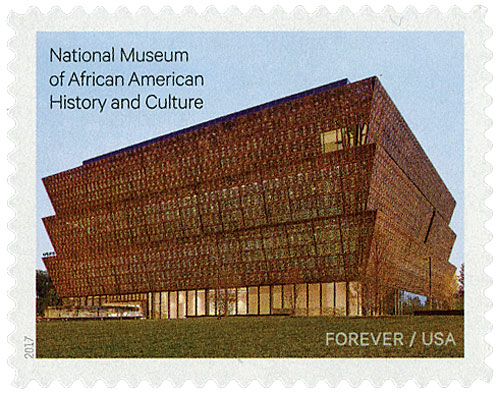
On September 24, 2016, the National Museum of African American History and Culture opened in Washington, DC.
Calls for a museum honoring African American history and culture date back to 1915. That year, a group of African American Union Army veterans met in Washington, DC for a reunion and parade, but were met with discrimination. After that, the group made plans to create a memorial to African American achievements.
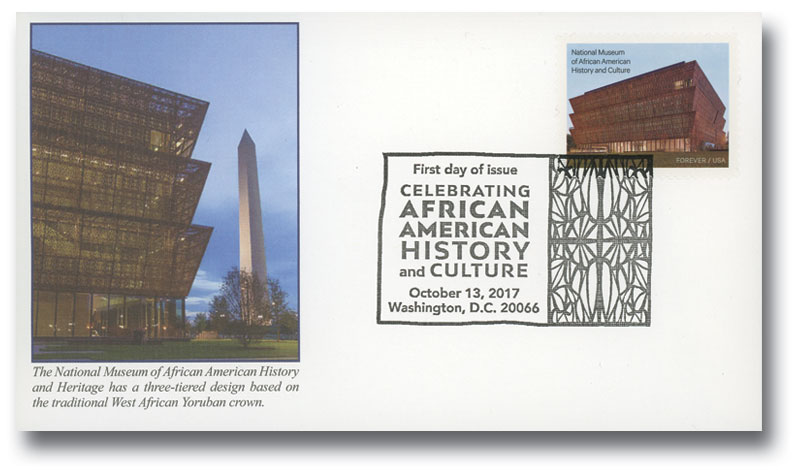
After years of efforts, their proposal was received by President Herbert Hoover, who called on Mary Church Terrell, Mary McLeod Bethune, and others to work toward creating a National Memorial Building to African American achievements. However, Congress didn’t award funding and private fundraising failed.
Over the next several decades, new proposals would surface, but none gained major support. Then in 1981, Congress approved the creation of the National Afro-American Museum in Wilberforce, Ohio. However, some still called for a stand-alone museum in Washington, DC. The attention these calls received inspired the Smithsonian to stage an exhibit, “Field to Factory,” which in turn gained further support for the museum idea.
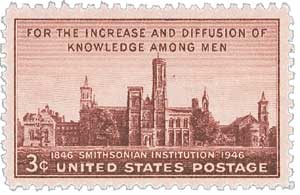
The museum’s supporters repeatedly proposed their idea and finally achieved success in 2003. On November 19, the House passed the National Museum of African American History and Culture Act, providing funds and a location for the museum. The legislation also included funding for other African American museums to help improve their operations and collections.
In 2008, the museum’s council held a competition to design the 350,000-square foot building, which would include three stories below ground and five above. The winning design was in the shape of an upside down pyramid surrounded by bronze elements, inspired by the crowns used in Yoruban culture The building’s groundbreaking ceremony took place on February 22, 2012.
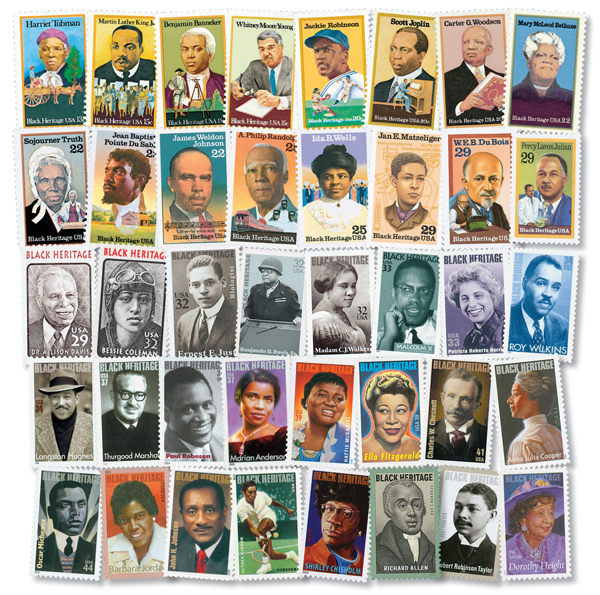
While the building design and construction were underway, the museum’s officials had to create the collection. So, the museum’s curators launched a nationwide campaign asking for donations. In the end, generous and supportive citizens donated a collection of about 40,000 artifacts.
The museum officially opened to the public on September 24, 2016, with President Barack Obama participating in the dedication ceremony. President Obama and the Bonner family, descendants of escaped slave Elijah B. Odom, rang the Freedom Bell to mark the museum’s official opening.
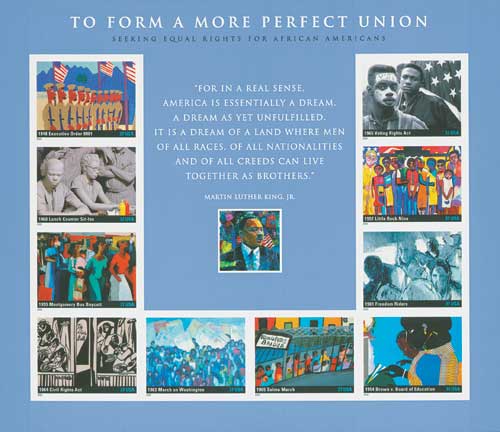
A tour of the museum begins 70 feet below ground level, tracing history from slavery to emancipation. Exhibits include part of a slave ship, shackles, an auction block, bales of cotton, Harriet Tubman’s shawl, and Nat Turner’s bible. The next section features items from the segregation-era, including a “whites only” door, Rosa Parks’ dress, a prison tower, a Ku Klux Klan robe, and a segregated railroad car. There is also a Contemplative Court to reflect on the history inside.
The museum’s upper galleries honor African Americans in art, entertainment, and the military. Exhibits include military medals, Muhammad Ali’s boxing gloves, Jesse Owens’ cleats, Althea Gibson’s racket, Jimi Hendrix’s vest, and Louis Armstrong’s trumpet. Together, these relics celebrate African American’s triumph over adversity.
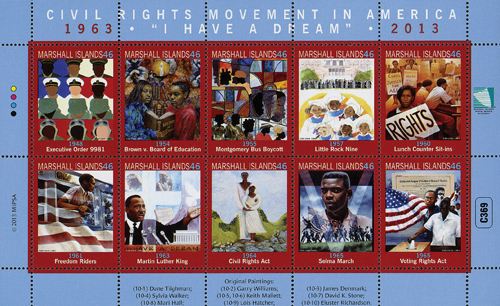
By the end of its first year, the museum had three million visitors, with an average of 8,000 people every day, double what planners had anticipated.
Click here to discover more about the museum and its collections.
Less 













